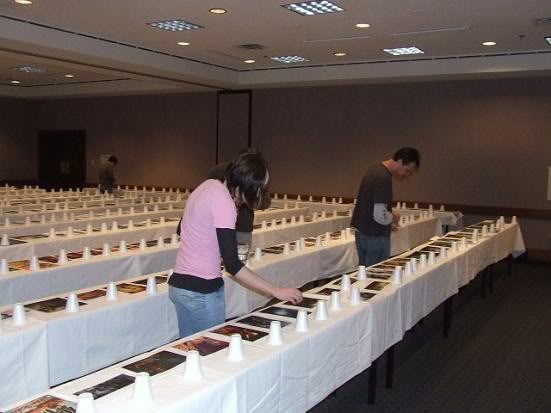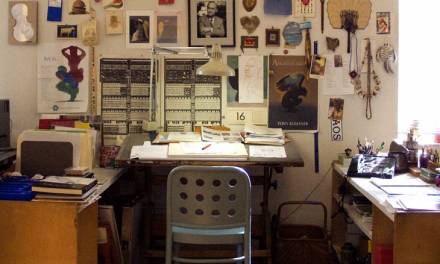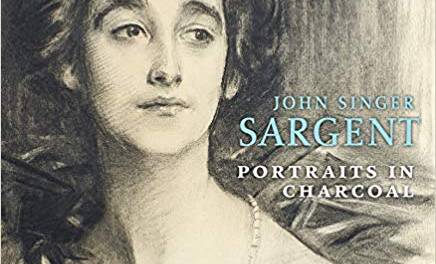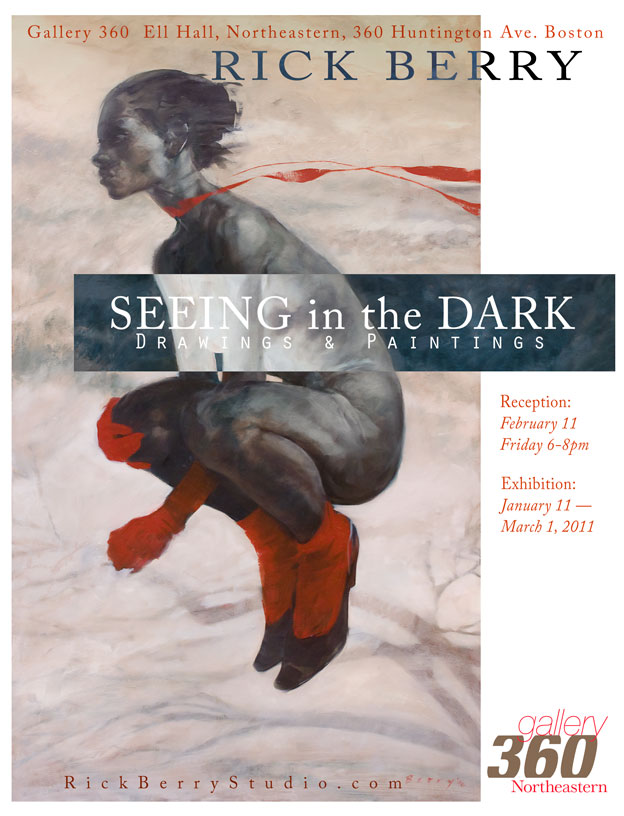Gregory Manchess
It’s almost time to fly to Kansas to help judge the next Spectrum Annual. None of it would happen without the vision and grand efforts of Cathy and Arnie Fenner. Great effort is expected from all of us: time, money, energy. It’s exciting because as a group, we get to help highlight other lovers of fantastic art out there.
Yet there’s another reason. For me, it’s an honor. I take great pride in being a part of the process. As with any artist’s career, it’s takes years to build the skills necessary for this job. I respect this role by giving it my full attention.
As a judge, it takes considerate effort to scan and absorb thousands of images and give them all as much attention as possible, however, there are many artists who consider it a day off from work, to just ‘flip through pictures.’ Apparently, they think that they can scan images quickly enough to judge pieces on-the-fly, without so much as a second glance because, as some have told me, they ‘knew what they were looking for.’
If an artist goes into a judging situation having already decided what it is they want to see, and what they are going to approve, why would anyone trust their opinion, much less invite them to return?
Judging is hard work. What makes it so is exactly what’s difficult about judging your own work: keeping a fresh eye. One has to allow the mind to be refreshed, to lose it’s prejudice, in order to detect with objectivity what makes a piece stand out. As artists, we recognize this endeavor and know how hard it is to stay objective. This effort, stretched across so many entries, is exhausting for the mind.
It takes preparation, like an athlete: good sleep, proper food, clear undistracted thinking. Multitasking is the bane of good judgement. (There is much research on this topic of late.) Recently, I’ve watched judges texting, emailing, and taking calls while judging.
Here’s my commitment to all who entered:
I’ll get rest and stay focused.
I won’t text.
I won’t check email.
I won’t conduct freelance business, or call the office.
I’ll stay as unbiased as possible: not just vote for the type of work I do, or want to see.
I will be fair to all styles and attitudes.
I’ll remember my early days and what I wanted to achieve.
I’ll remember to be open and try to understand what an artist is saying, revealing, expressing.
I’ll remember the difference between influence and outright image theft.
I know most of the judges this year. They are very skilled and generous with their votes. We’ll be at the top of our game when we’re there. I hope you entered. I want to see what excited you about work last year.
I wish you (and me!) all the best.







Thank you, Greg!
Thanks, you're the best, Greg!
We can't ask for anything more, heartfelt thanks to all of you.
I used to admire you for your artistic prowess. But even more admirable, is your integrity. Thank you.
good words, mr. manchess, good words. 🙂
its rare to see someone tackle a task like that with the respect it deserves. (similar vein: policemen can not afford to use their jobs authority to augment their own ego. judges must not use their power to do well to those they deem sympathetic. teachers must not use their job authority over their class for their own ego, etc…)
especially with arts, an open mind is essential: its easy (and perfectly valid!) not to like something because its style/subject/execution/message/philosophy is not to ones own preference. to judge it, however, each artwork must be allowed to speak on its own terms. art does not have objective measures to be judged by – each artwork sets its own frame of reference.
you have my trust 🙂 (and my axe!)
Thanks Greg!
Great Post. I've actually heard of contests where the judges only look at the first 20 or 30 entries and pick their favorites and then call it a day. And worse I've heard of judges simply picking at random so they don't waste any of their “precious time.”
@raphael. I will have to disagree with your statement “art does not have objective measures to be judged by.”
If that was truly the case then the very idea of judging would be a farce.
Here's just a few objective measures:
Unity
Balance
Rhythm
Emphasis
Line
Value
Motion
Space
Color
Degree of successful expression
Technical skill
I always find it funny that people can say that Shakespeare is better than Harry Potter, but for some reason Mana Lisa http://www.museumofbadart.org/collection/recent26.php is on the same level as Mona Lisa.
Thank you for your respect and dedication to all those who entered, regardless of status, years in the field, name, etc.
My only problem with the way Spectrum does this, though, is that judges are allowed to enter the same year they are on the judging panel. That is the very essence of conflict of interest. While I appreciate all the effort everyone involved in the process goes through to put this together, the fact that those on the judging panel can enter their own works the same year they judge is disappointing at best and infuriating at worst.
In regard to judges being allowed to enter the same year they are on the panel, I believe there are measures taken so as to remove any conflict of interests. While I don't remember the specifics, maybe Arnie can speak to this and explain the process in a future blog post. Come to think of it I'd love to see more “Behind the scenes of Spectrum” posts in general. Now where is that suggestion box?
brady: those are all measures for the quality of execution, not the “artyness” itself, though.
that does not make those categories you listed irrelevant, quite on the contrary, because they enable the artist to achieve more control over what he is trying to achieve. (and i myself am one of those grumpy people who think that artists should be proficient in their craft and skill training should be done no matter whether you want to paint abstract art or not)
they just are not concerned with what an artwork is all about. for that, its pretty likely you have to craft a horizon of meaning for each work anew.
the technical categories themselves are rather subservient and relative to the ends of the artwork – a certain color treatment may look out of place in one picture, but be the perfect choice for a different one. so, they arent completely objective either.
thats why i applauded greg manchess for trying to be as open as possible for each new artwork, to not judge it based on something it is not about.
anon: i may be wrong on this one, but arent those judges excluded from judging when one of their pieces is in the run in a certain category? at least, i think i remember notices like this in the older spectrums i have here.
Jurors are not allowed to vote for their own work and they are not eligible for awards. This makes it that much more difficult for a judge because it effectively removes one possible vote. And it is the number of votes which determine what is in or out.
It really is an exhilarating process especially if one goes in with Greg's attitude.
@raphael: Thanks for clarifying that you meant the “artyness” of the work and not its execution.
But I must say that my including color as an objective measure was taken slightly beyond the meaning I thought of for it. Obviously a single color scheme, or lack thereof, would not be fitting for two different works, but the idea that the color should support the artist's intended idea or expression is an objective measure.
If the color doesn't support the intended communication, then we can say that it is inferior to one that does in that regard.
But given two equally well executed works, we are indeed left with its impact on the viewer as to which one is worthy of praise and not the other. That is subjective, and is why it requires more than one person's vote.
But I do not believe that all of the works are equally as well executed and that means we can use objective measures to remove those that don't reach that standard.
And for those that remain, hey it's art, and you like what you like.
@Dominick Saponaro: I agree! It would be cool to have some more inside info.
Just to chime in (while taking a break from breaking the entries down into categories in preparation for the judging)…Bill's correct. We have a system (clunky and antiquated, but it works) that prevents jurors from voting for themselves or for works they're involved with as art directors or instructors. It takes a simple majority of votes for a work to be accepted for the book. And, of course, jurors are ineligible for awards. The votes are cast independently and without discussion and we try to make sure the artists remain relatively anonymous so that it is the art the judges are voting for, not the name attached. And, while styles can seem obvious and some entries are familiar, we have ALWAYS had the juries react with surprise at the identities of many of the artists they've voted for. “HE did THAT?!? I had no idea…!” There are, of course, debates when it comes to the awards and the identities of the artists are revealed—but even then there are surprises.
We try to level the playing field for everyone and treat every entry equally. We don't pre-screen art: the judges see EVERYTHING. And it has been our experience—and it is the primary reason for doing the judging live rather than via the computer—that the juries have always been conscientious, focused, thoughtful, and incredibly serious when casting their votes. Whether an entry gets selected or not, we can can promise that the entire jury saw it, considered it, and cast their votes honestly.
Greg is the Chairman for this year's jury: we could not ask for better. Good luck everyone!
brady: yeah, i noticed my wording was more ambigous than i intended.
there is one more reason why all the execution factors are important: its an art collection with a focus not only on fans but also other artists, art directors etcetera – my guess is that its a rather significant percentage of the audience with interests in the crafty part. (by the way, is there information on whats the spectrum buyers demographic?)
i think we do mean quite the same, though: which specific solution in any of the execution categories is appropriate to the picture is dependent of whats the pictures point, or intended communication/impact. so, you cant just file them through and already “know what youre looking for” – you have to take each one in, and judge its solutions and execution on its own terms, in the context of what it is.
arnie fenner: after all the generations of spectrum, everyone who gets accepted into jury probably is involved enough with the mythos you created that they know the gravity of what it means to get your work into freaking spectrum. its like when an established actor is getting a role in the show that he watched as an aspiring actor, or that even got him into acting.
Thanks, Arnie! I knew you'd make it crystal clear. Just like your Call For Entries poster.
Yes, I have plans to write something more involved about the different shows, and no matter what your personal thoughts about what happens at each, you'll find that there's no secret cabal behind any of them. Just quality people making the best choices they can, within certain systems.
All the shows have quirks, in my opinion, but Spectrum is about as flawless and forgiving as it gets.
Also, the overriding point here has nothing to do with the shows. It's not about “getting into freaking spectrum” as much as it's about having a chance to show your best work next to others of similar or greater quality.
Sometimes we forget where Spectrum came from: the inspired interest to give genre artists an alternate place to focus on fantastic artwork. It could have failed miserably, and we would all be asking 'why isn't there a place for just us sf&f artists?'
But it didn't, because the Fenners took the risk of keeping it going, and the artists got involved to see their work showcased.
There are no guarantees in this business.
Greg, this is such an awesome post. It only respects you even more so than I already do. I'm extremely glad you're on the judging panel this year! Best of luck to you and to all that entered, and Greg, don't forget to get someone to take video for us all so we can anxiously/nervously refresh Spectrum's homepage when the judging begins 😉